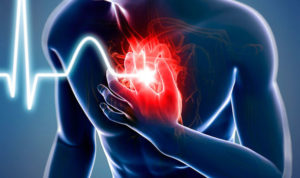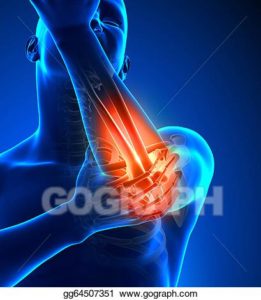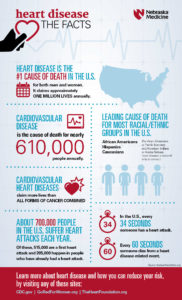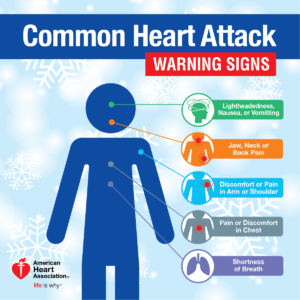A heart attack is a frightening experience. If you have experienced a heart attack, or are close with someone who has, you should know this: You are not alone. In fact, tens of thousands of people survive heart attacks and go on to lead productive, enjoyable lives.
What happens when a heart attach occurs:
First like striveforgoodhealth.com has stated this past week and before in previous articles remember ANY organ without 02-oxygen will die. When this happens high risk a infarction will occur. If this occurs in the brain its a brain infarction; if this occurs in the heart it is called a heart attack medically known as a myocardial infarction.
When you have a heart attack part of the heart tissue dies. Your heart muscle needs oxygen to survive. A heart attack occurs when the blood flow that brings oxygen to the heart muscle is severely reduced or cut off completely.
A heart attack occurs when the flow of blood to an area of the heart is blocked. The blockage is most often a buildup of fat, cholesterol and other substances, which form a plaque in the arteries that feed that area of the heart (coronary arteries).
Sometimes, a plaque can rupture and form a clot that blocks blood flow. The interrupted blood flow can damage or destroy part of the heart muscle.
Also a condition called Atrial Fibrillation (AF), a type of a cardiac rhythm, a very common type. This AF can cause pooling of the blood in the chanmbers of the heart due to the irregular heart beat overtime not diagnosed or treated yet. Overtime this pooling of blood can create a clot putting the heart at risk for complications. The bulk of evidence in research demonstrates that AF patients hospitalized for AMI have serious adverse prognostic implications regarding in-hospital, but also long-term mortality.
A heart attack, also called a myocardial infarction, can be fatal, but treatment has improved dramatically over the years. It’s crucial to call 911 or emergency medical help if you think you might be saving a heart attack.
The sooner you get to an emergency room, the sooner you can get treatment to reduce the amount of damage to the heart muscle. At the hospital, health care professionals can run tests to find out if a heart attack is happening and decide the best treatment.
In some cases, a heart attack requires cardiopulmonary resuscitation (CPR) or an electrical shock (defibrillation) to the heart to get the heart pumping again. Bystanders trained to use CPR or a defibrillator may be able to help until emergency medical personnel arrive.
Remember, the chances of surviving a heart attack are better the sooner emergency treatment begins.
Common Symptoms of a Heart Attack:
- Chest pain or discomfort. Most heart attacks involve discomfort in the center or left side of the chest that lasts for more than a few minutes or that goes away and comes back. The discomfort can feel like uncomfortable pressure, squeezing, fullness, or pain.
- Feeling weak, light-headed, or faint. You may also break out into a cold sweat.
- Pain or discomfort in the jaw, neck, or back.
- Pain or discomfort in one or both arms or shoulders.
- Shortness of breath. This often comes along with chest discomfort, but shortness of breath also can happen before chest discomfort.
*Other symptoms of a heart attack could include unusual or unexplained tiredness and nausea or vomiting. Women are more likely to have these other symptoms.*
CAUSES OF HEART ATTACKS:
A heart attack occurs when one or more of your coronary arteries becomes blocked. Over time, a buildup of fatty deposits, including cholesterol, form substances called plaques, which can narrow the arteries (atherosclerosis). This condition, called coronary artery disease, causes most heart attacks.
During a heart attack, a plaque can rupture and spill cholesterol and other substances into the bloodstream. A blood clot forms at the site of the rupture. If the clot is large, it can block blood flow through the coronary artery, starving the heart of oxygen and nutrients (ischemia).
You might have a complete or partial blockage of the coronary artery.
- A complete blockage means you’ve had an ST elevation myocardial infarction (STEMI).
- A partial blockage means you’ve had a non-ST elevation myocardial infarction (NSTEMI).




